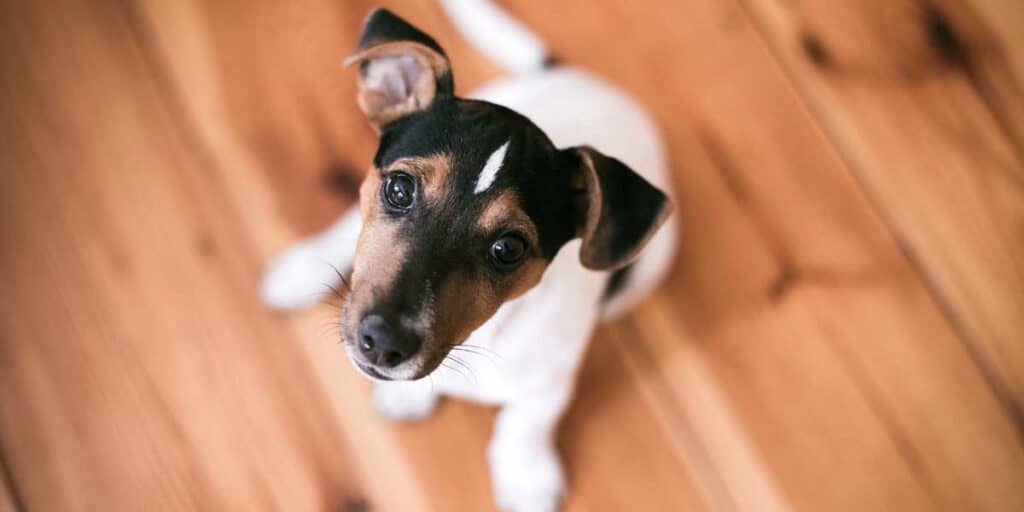
So, you added a new puppy to your family – congratulations! I have recently added a new pup to my household as well. It’s been 8 years since I had my last puppy, and it’s funny how quickly you develop a selective memory… “He was potty trained by three months. He never had an accident in his kennel.” Yep, not likely true, but it appears that I blocked those memories out and chose just to remember the good parts. My new pup quickly reminded me that accidents do happen, and it’s usually the human’s fault! I thought it might be helpful to share some tips here so you don’t have the same problem…
Puppies are amazing sponges willing to soak up all of the knowledge that you want to share with them. But they are also easily distracted, and so am I sometimes, which can cause a little surprise to appear on my floor…
So how do you prevent your pup from leaving these presents in your home? One word is key – SUPERVISION. Watch their every move. And when you can’t, it’s crate time. Just as you wouldn’t leave a young child unsupervised, don’t leave your young pup alone to investigate your living room and which part of the carpet might make the best puppy toilet.
We get it – life happens. When everyone is busy in the house doing chores, cooking or eating a meal, or watching the children play, we can easily get distracted and forget to watch puppy. To the pup, this is their time to roam and find a new area to use as a toilet, or a new shoe to use as a chew toy. When they’re young, they haven’t learned “what not to do” yet, so it’s important that you prevent accidents before they happen. A great trick to help you keep an eye on your pup is to tether the puppy to you. Get and old collar and leash (just in case the pup tries to make a tug toy out of the leash) and tether the pup around your waist. The pup will become your shadow. They will learn that they need to pay attention to you, while giving you the opportunity to keep an eye on them. You’ll be able to catch cues that they need to go outside, like sniffing the ground, getting squirmy or whimpering.
Now, I realize that this is going to take a lot of time in the first few weeks, but trust me, it’s worth it. Go outside with your puppy. A lot. Really. A lot. You will need to bring your pup outside frequently, depending on the age and size of your pup. Make sure you bring your pup out the same door every time, and to the same place in your yard.
So when do you take your puppy out to potty?
After waking up from sleeping
After being in their crate for any extended amount of time
After a play session
Every hour (or more or less depending on their age)
After eating or drinking
After a large amount of excitement
Any other time that they start sniffing the ground or whimpering
When you can’t supervise your pup, it’s crate time. The crate should be big enough for the pup to lie down comfortably and turn around – no bigger. Pups don’t like to potty were they sleep, so a properly sized crate will help prevent accidents in the crate. If a crate is too large, the pup might potty in one end, and sleep in the other.
Don’t worry – we don’t expect you to buy 10 crates! If you can’t borrow a smaller crate from a friend, a simple solution for a growing puppy is to use a divider in the crate to make the inside of the adult-sized crate smaller. The divider can be moved as the pup grows, and then removed once they are big enough for the full-sized crate.
You might be thinking that puppy house training is a lot of work! It is, but it’s worth it. And if you’re patient and consistent with your puppy house training, you will be sure to be successful! And if you are still finding some surprises, we’re here to help. Book a session with one of our trainers today!
